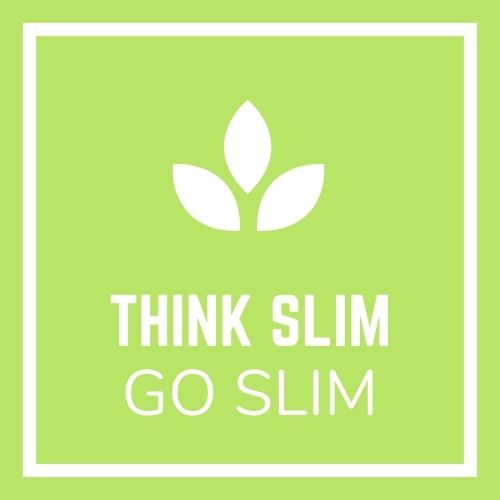Campbell Soup Co. has updated its nutrition metrics to set higher health and wellness standards for new and existing products, according to the company’s 2022 Corporate Responsibility Report. These new metrics are based on three main principles: focusing on nutritious foods, reducing negative nutrients, and quantifying product accessibility and affordability. This system represents a Campbell Soup effort to track progress in health and wellness to share with stakeholders, according to the company.
The updated reporting system, which sets standards for nutrition-focused foods, records the nutritional content based on the categories “Cannot be exceeded” and “And must be met at least 1”, both according to the product portion size. The “cannot be exceeded” category sets limits for “negative nutrients” such as calories, saturated fats, trans fats, sodium, and added sugar. Category “I must meet at least 1” includes “positive nutrients” such as protein, fiber, vitamins A, C, and D, potassium, calcium, iron, vegetables, fruits, and whole grains. Similar to the list of negative nutrients, Campbell Soup offers daily portion value suggestions for each positive nutrient. In Campbell Soup’s current portfolio, 56% of products meet nutrition-focused food criteria, according to the company.
Through product innovation and renewal, Campbell Soup hopes to implement nutritional guidelines across the company’s portfolio to reduce the presence of negative nutrients. The guidelines include category-specific limits for the negative nutrients listed above, but are less stringent than corporate reporting nutrition metrics, according to the company. Categories for negative nutrient measurement include beverage, soup / broth / broth, simple meals, sauce and sauces, gravy, bread and rolls, sweet snacks and savory snacks. With the guidelines, Campbell Soup is implementing nutritional expectations on the company’s culinary and nutrition equipment to restore product development standards. Currently, 69% of Campbell Soup’s current portfolio meets updated product development guidelines, according to the company.
 The ultimate mission of the company’s up-to-date nutritional standards is to monitor accessibility and affordability. In doing so, Campbell Soup hopes to meet the needs of economically insecure consumers and expand access to high-nutrition, low-cost meal options. One area that can already be seen is in the nutrition-focused food category, which averages just 62 ¢ per serving, while the company’s entire portfolio averages 65 ¢ per serving. In addition, 71% of Campbell Soup foods and beverages meet the requirements of at least one federal nutrition program, including WIC-eligible foods, SNAP retail foods for retail eligibility, and smart snacks. USDA, and about 53% of the company’s family food recipes cost less than $ 3 per serving. To expand access to meal planning, which can lead to less food waste and an easier budget, the company created an online three-day meal planning resource, which can be found here. Highlights of the meal plan include the incorporation of meatless and herbal dishes into the kitchen rotation and eating fresh fruits and vegetables.
The ultimate mission of the company’s up-to-date nutritional standards is to monitor accessibility and affordability. In doing so, Campbell Soup hopes to meet the needs of economically insecure consumers and expand access to high-nutrition, low-cost meal options. One area that can already be seen is in the nutrition-focused food category, which averages just 62 ¢ per serving, while the company’s entire portfolio averages 65 ¢ per serving. In addition, 71% of Campbell Soup foods and beverages meet the requirements of at least one federal nutrition program, including WIC-eligible foods, SNAP retail foods for retail eligibility, and smart snacks. USDA, and about 53% of the company’s family food recipes cost less than $ 3 per serving. To expand access to meal planning, which can lead to less food waste and an easier budget, the company created an online three-day meal planning resource, which can be found here. Highlights of the meal plan include the incorporation of meatless and herbal dishes into the kitchen rotation and eating fresh fruits and vegetables.
Campbell Soup has already begun implementing these health and wellness metrics with some of its newest brands, such as Well Yes! soups. Well, yes! soups debuted five years ago as a better option for you and continue to expand according to consumer needs. New varieties were launched in 2021 that included trendy ingredients such as cauliflower, bone broth and chickpeas. Similarly, the Campbell V8 brand launched two new trendy vegetable juice flavors last year: carrot ginger and beet ginger. Other health initiatives have been carried out at Campbell Soup brands, such as Prego and Pacific Foods, which have launched their own alternative dairy and vegetable products over the past year.


Comments are closed.